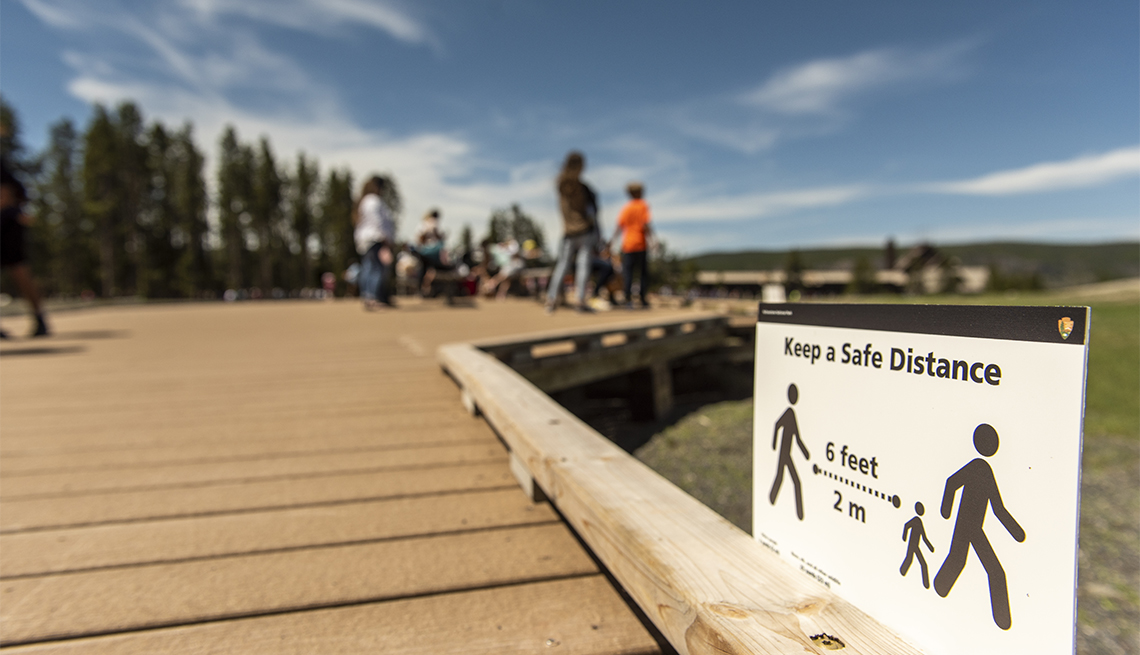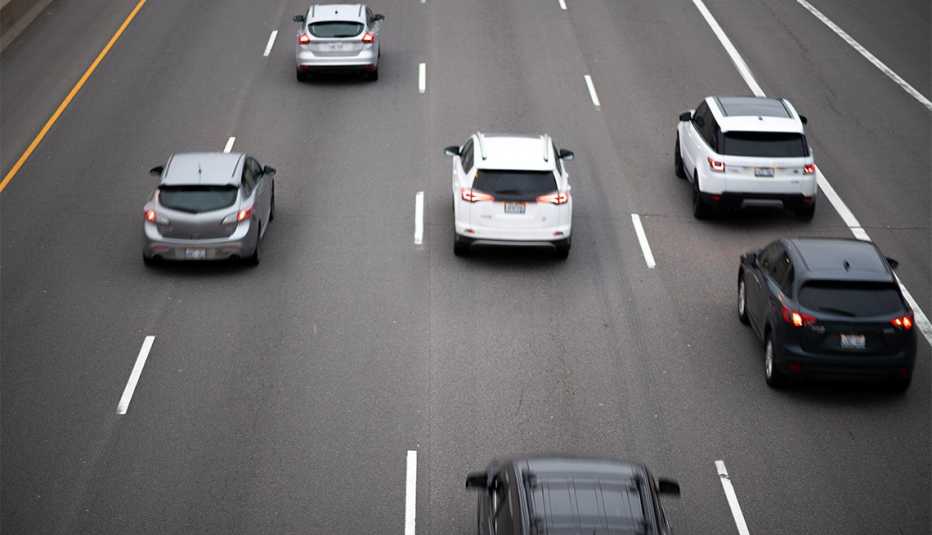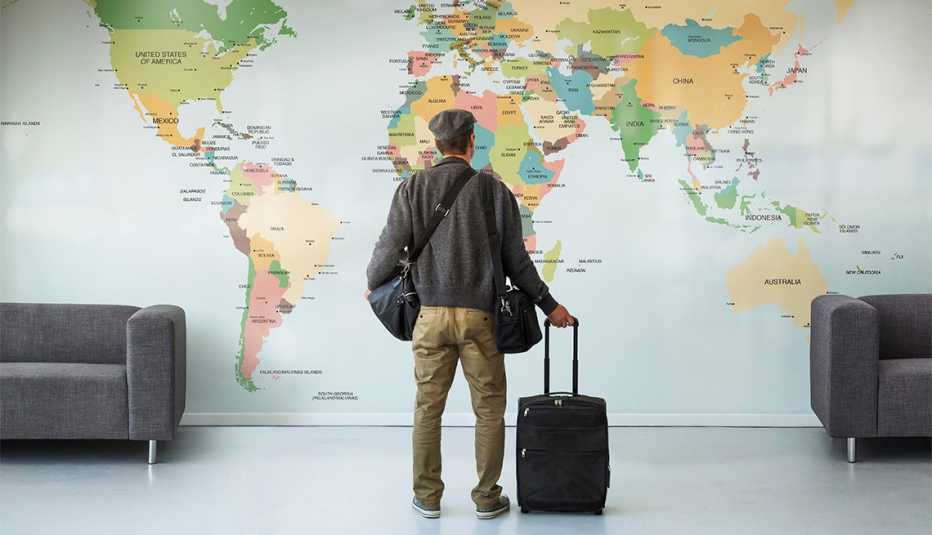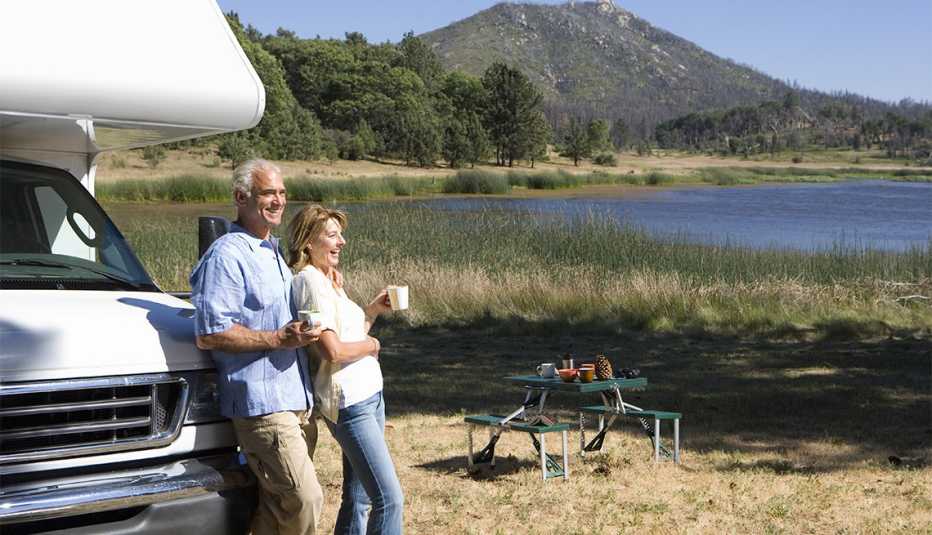AARP Hearing Center
With the coronavirus outbreak still going strong, Americans eager to vacation safely are turning to national parks to enjoy large outdoor areas that should allow for physical distancing.
Yellowstone saw 955,645 recreation visits in July 2020, up 2 percent from July 2019. Acadia National Park had 35 percent fewer visitors (493,000) in July than during the same period last year, but that’s still a big crowd considering that the state of Maine requires nearly all out-of-state travelers to show a negative COVID-19 test result upon arrival or opt to self-quarantine for 14 days. (They also need fill out a certificate of compliance, assuring that they will follow the rules, and submit it to their place of lodging.)
Visiting a national park is undoubtedly different than it was before the pandemic. Although every park has reopened, some roads or facilities may remain closed or only partially available to visitors. At Shenandoah National Park, for example, theaters and exhibits are closed in the visitor centers, though stores are open to a limited number of guests, and rangers and staff are available to answer questions and provide assistance. And you’ll want to check each state’s rules before visiting: some states with popular parks, such as Acadia in Maine, have 14-day quarantine rules for out-of-state visitors (in Maine you can also show proof of a recent negative COVID-19 test).
The National Park Service (NPS) is encouraging but not requiring visitors to wear face masks in its parks. Yellowstone’s website asks visitors to “wear face-coverings in high-visitation areas and inside visitor facilities.” But some third-party vendors, such as Xanterra, which manages everything from restaurants to lodges at parks such as the Grand Canyon and Yellowstone, have implemented mandatory mask requirements at their properties. Health officials consider wearing masks that cover the nose and mouth a crucial infection-prevention measure.
NPS officials are also asking visitors to follow social distancing practices, and you may find changes such as plexiglass shields in visitor centers and stores to protect against coronavirus transmission. Social distancing, however, is not guaranteed. Glacier National Park has warned visitors that on some popular trails, “passing within six feet of others is unavoidable.” Large crowds — often not wearing masks — have been reported at popular sites such as Yellowstone’s “Old Faithful.”
Here’s more on what visitors can expect at some of the big parks and whether they’re safe for you, for park workers and for communities. Note: Before visiting a specific National Park Service site, be sure to check its web page for updates and alerts.
Can I go to any national park now?
All 62 national parks have reopened, but things can change quickly. On July 1, Big Bend National Park in Texas closed for more than a month when a park resident tested positive for COVID-19. The availability of services and facilities can vary from park to park, and some parks may restrict the number of visitors (Yosemite, for example, is using a reservation system).
A few other examples of parks’ opening status:



































































